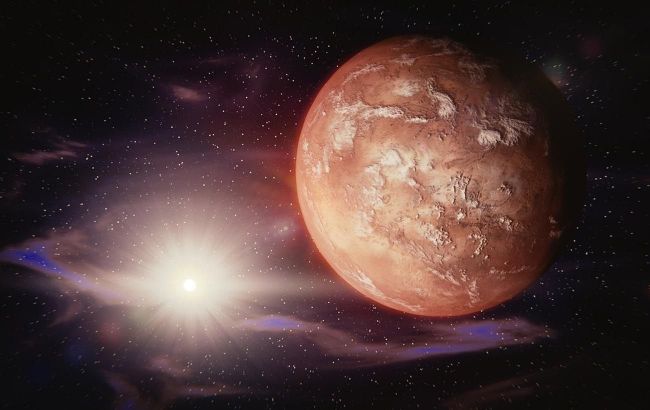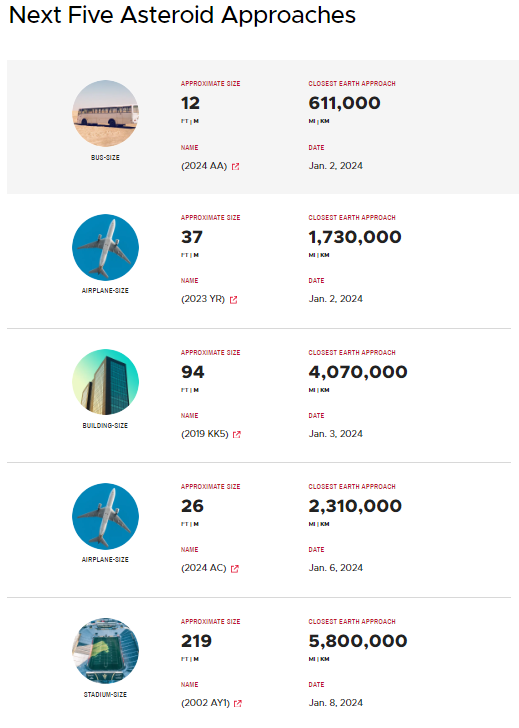NASA tracking 5 approaching asteroids, assessing Earth's safety
 Illustrative photo (Photo: Freepik)
Illustrative photo (Photo: Freepik)
Over the next week, 5 asteroids are set to approach Earth, one of them about the size of two football fields. Astronomers have already explained whether they pose a real threat to our planet, according to NASA's Jet Propulsion Laboratory.
Which asteroids are approaching Earth
- On January 1st, astronomers detected a new asteroid and named it 2024 AA. It measures 11 meters and on the evening of January 2nd, it will come within 610,000 km of Earth. For comparison, this is almost twice the distance to the Moon.
- Another asteroid, 2023 YR, sized at 37 meters, will also pass by our planet on January 2nd but at a distance of 1,730,000 km.
- On January 3rd, asteroid 2019 KK5, with a diameter of 94 meters, will pass by at a distance of 4,070,000 km.
- On January 6th, asteroid 2024 AC, measuring 26 meters, will approach within a distance of 2,310,000 km.
- Finally, on January 8th, the potentially hazardous asteroid 2002 AY1, roughly the size of two football fields at 219 meters, will approach Earth at a distance of 5,800,000 km.
NASA scientists emphasize that none of these asteroids are projected to impact Earth. Nevertheless, space is an unpredictable place, so astronomers continually track the trajectories of these celestial bodies.

Description of asteroids and visualization of their sizes (screenshot)
Which asteroids are considered dangerous
Potentially hazardous to our planet are asteroids that approach closer than 7.5 million km and have a size exceeding 150 meters.
Scientists at NASA's Jet Propulsion Laboratory continually track the movement of celestial bodies on the outskirts of our planet using special detectors to detect approaching asteroids.
Based on observations, astronomers forecast whether asteroids pose a threat to Earth. According to experts' calculations, if a stone several tens of meters in diameter were to impact our planet, it would cause significant destruction. Celestial bodies larger than 1 km in size could trigger a planetary-scale catastrophe.
Previously, we reported on scientists discovering a peculiar anomaly on the far side of the Moon.
Also, read about scientists predicting the demise of our planet—here's what its final days might be like.

